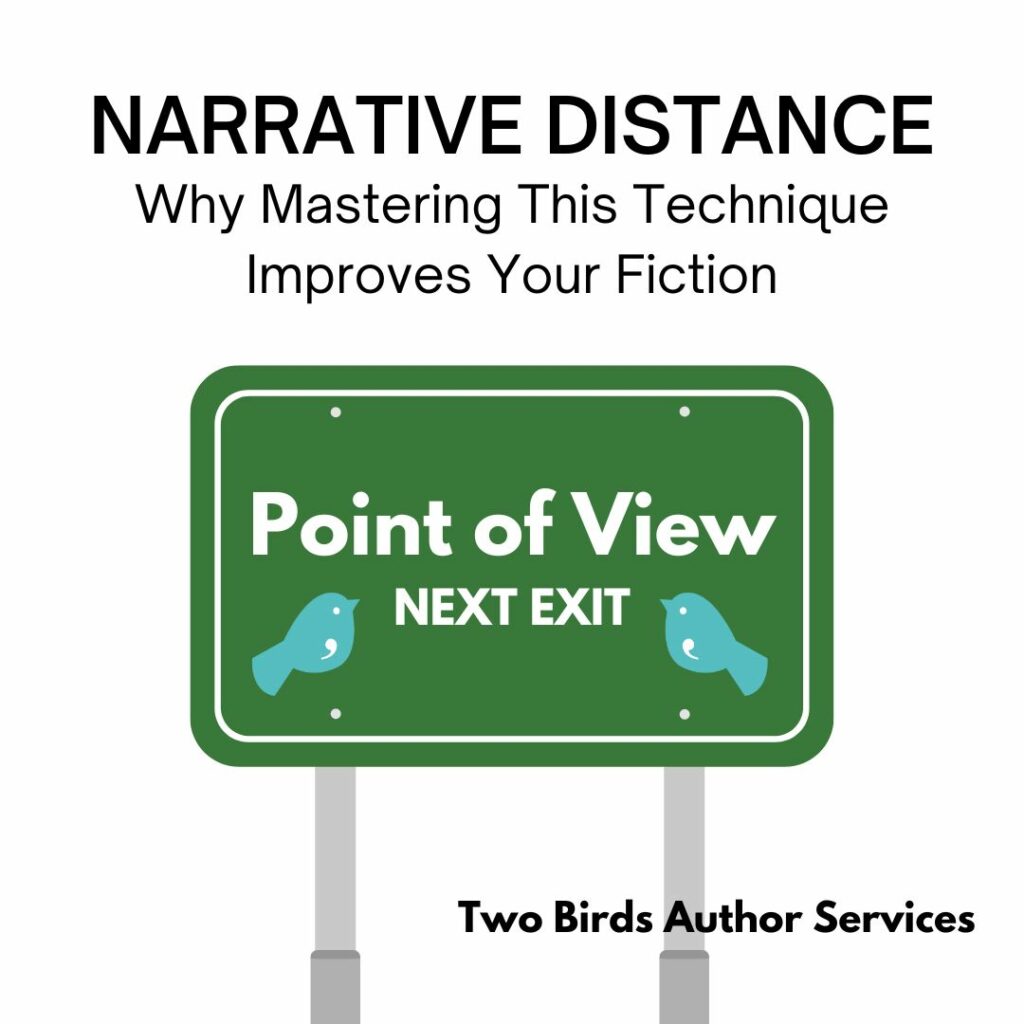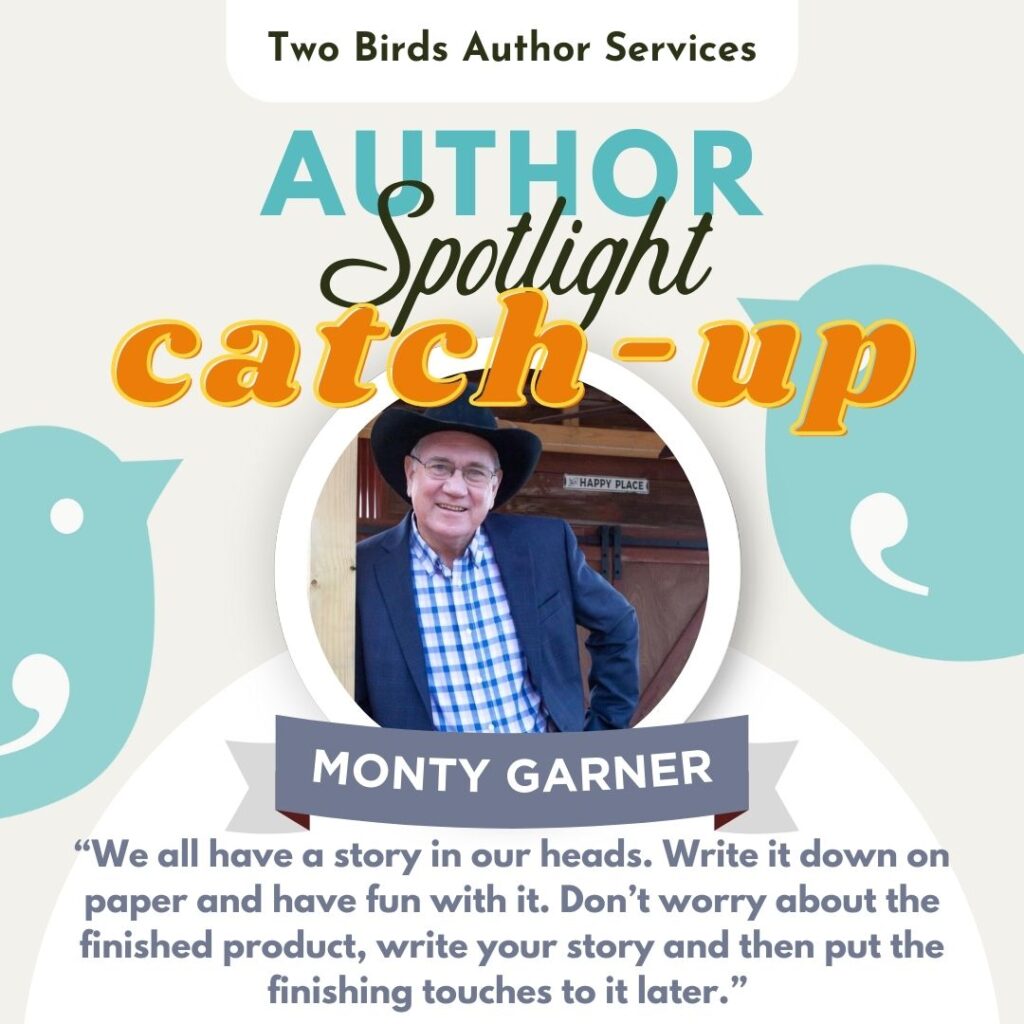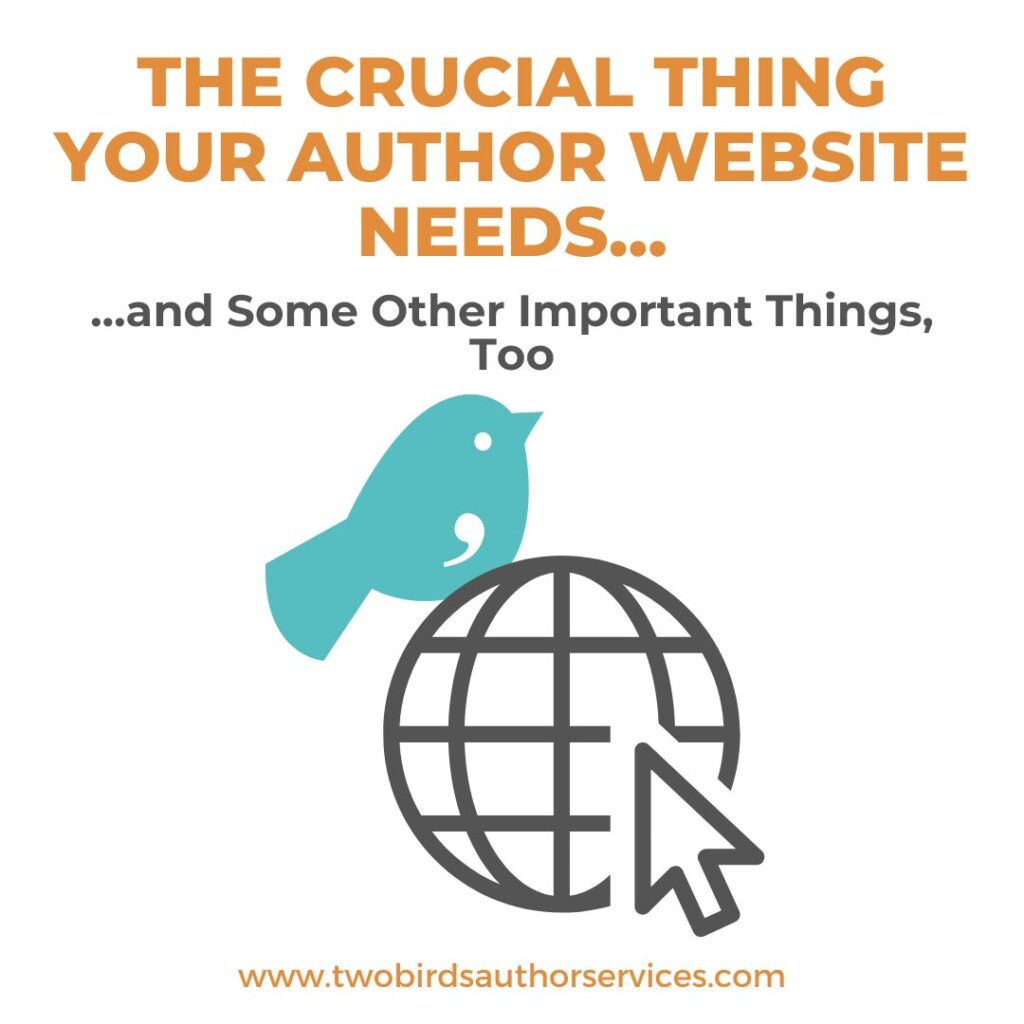Why Mastering This Technique Improves Your Fiction
What is narrative distance?
In essence, narrative distance is another way of describing how close (or distant) your reader feels to your novel’s narrator or point of view character. And depending on how you write your story, this level of closeness can vary.
Readers can be helped to feel strongly connected to and in touch with the story’s narrator/POV character, immersed in their emotions and tightly involved. Of course, readers can also be made to feel like they’re being held at arm’s length, observing without feeling really connected to the characters.
This level of closeness or distance occurs on a spectrum, not as an either-or. Depending on how you write different scenes, the narrative distance might be more intimate or less, more subjectively in the character’s head or more neutral.
Is closer better than disconnect?
Not exactly. Whether narrative distance is close and intimate or disconnected and objective is not a question of good/bad. Both can work, in the right circumstances. Like anything else in terms of writing skills, managing narrative distance is a tool in your toolkit, and you need to use it properly. The key is that you make an intentional choice about it, so that you can achieve your goals for the book.
The issue for many writers is that they don’t know how to manage narrative distance intentionally, so what should be a deliberate choice is, instead, an accident. And as with any type of accident, you can end up with a quite a mess that needs fixing.
So, it pays to think about this tool and learn how to wield it to achieve different goals.
Take a look at some examples.
One way to get familiar with recognizing narrative distance is to pull a few different types of books from the shelf and check them out. Grab a romance like Fifty Shades of Gray and compare it to something by Jane Austen. Look at Hemingway’s writing, and compare it to Dickens, and then to Patricia Cornwell.
Find a few books written in first person, and a few in third person, and check those out too. Read a few pages of each.
Then ask yourself: Which characters do I feel closest to? Which ones do I live inside the heads of, feeling everything they feel intimately? Which ones do I feel like I’m watching from a distance, just observing without feeling much of anything?
You’ll notice that perhaps Dickens’ A Tale of Two Cities feels a bit more like an article that’s being reported in a newspaper. Moby Dick by Herman Melville certainly feels that way. But then there are books which feel like you’re watching someone’s shaky video being taken on their phone as they run from a disaster. Something like the movie Cloverfield, or The Blair Witch Project.
In some books, you’re running with the characters, huffing and puffing, freaking out in the woods, your heart pounding. In others, you’re observing more intellectually, thinking about what’s happening, considering questions. That’s a function of narrative distance.
How point of view influences narrative distance
Fiction offers a lot of options when it comes to point of view, but narrative distance is most obvious in the ways that third-person POV is executed. Consider these lines, and you’ll see what I mean:
Third-person omniscient (narrator knows and reveals all, like god)
The moment Mary’s bathrobe fell off, she ran into the bush, hiding herself from George’s view, embarrassed at what he might think of her. Would he consider her a hussy? For his part, George held the bathrobe in his hands, at first surprised, then intrigued. He grinned over at the bush, and asked himself, What would it take to make Mary enraged enough to jump up and take the bathrobe back—exposure be damned?
Third-person objective (not necessarily godlike, but neutral)
The moment Mary’s bathrobe fell off, she ran into the bush, hiding herself from George’s view. Her hands trembled on the bush’s branches as she tried to clothe herself. George held the bathrobe in his hands, fingering its flimsy material. He quirked an eyebrow and then stared at the bush, which covered most, but not all, of Mary’s pink flesh.
Third-person limited (in one character’s head at a time, so limited to what that character knows)
The moment Mary’s bathrobe fell off, she ran into the bush, hiding herself from George’s view. embarrassed at what he might think of her. The bush trembled, and her hands appeared as she tugged branches closer toward her. George rubbed the flimsy robe between his fingers, quirked an eyebrow and then stared at the bush, which covered most, but not all, of Mary’s pink flesh. He grinned as he wondered, What would it take to make Mary enraged enough to jump up and take the bathrobe back—exposure be damned?
Second-person (intimate in a voyeuristic way, and limited to this person’s knowledge, and almost always written in present tense)
You’re looking off at a neighbor when a dismayed cry reaches your ears, and you turn jus as a bit of pink flesh disappears behind a bush. In your hands, you realize you’re holding… Mary’s bathrobe? The bush trembles, and you watch her hands peek out to tug branches closer to her. A flush of mischievous delight overtakes you. What would it take to make Mary enraged enough to jump up and take the bathrobe back—exposure be damned?
First-person (intimate, and limited to this person’s knowledge)
I watched as the neighbor waved a frustrated hand in my direction and stomped back inside his home. A dismayed cry broke my reverie, and I turned to see the tiniest flash of pink flesh disappear behind a bush. No Mary standing in front of me. However… in my hands, I was still holding…her flimsy bathrobe? Holy crap! I looked up and watched the bush tremble, her hands peeking out to tug branches closer to her. Holy crap, crap, crap! A flush of mischievous delight overtook me as I couldn’t help wondering: What would it take to make Mary enraged enough to jump up and take the towel—exposure be damned?
Different flavors for different needs
Can you see how these different choices create a whole unique taste to each paragraph? They’re all describing the same thing — specifically, the scene in It’s A Wonderful Life in which George is walking Mary home after they’ve gotten soaked in the high school pool. Yet they feel so different in your head as you read them, don’t they?
This is what narrative distance can do for you. Do you want to be fully in one character’s head, and how much do you want the reader to feel caught up in it, as if they’re part of what’s happening?
Then think of how this can affect…
- A scene in which a serial killer is taking apart a body with a chainsaw
- A scene in which a mother is giving birth in frightening, painful circumstances
- A scene in which a hero declares his love for the heroine in front of her disapproving family
- A scene in which two armies are going to battle in spaceships over a distant planet
As writer, you must choose how close and intimately you want your readers to be pulled into the action. This is why narrative distance matters, and why it needs to be executed well.
How do you master narrative distance?
Like anything related to fiction writing, it takes practice and study. If you’re intending to get better at it, then doing a revision pass that focuses specifically on point of view and narrative distance will be helpful.
You’ll want to look at things like:
- Character’s thoughts that you’re sharing – how intimate do you allow those insights to be?
- Use of setting details, actions, and behaviors – are you choosing them carefully so they can reflect the inner turmoil of your characters? (branches trembling, hands peeking out of the bush, etc.)
- Word choices – are they reflective of the emotions you want readers to pick up on?
- Use of point of view – are you using a POV style that creates more distance (omniscient or objective, for example), or one that is more intimate (limited third person or first person)?
- Type of story/genre – do you want to bring readers into the dark mind of a serial killer? Or do you want to keep that character at a distance to allow readers to not have to immerse themselves so much in thinking and emotions they find unappealing and even frightening?
Ultimately, what you are doing is learning to read your fiction like a reader, not a writer, so that you can anticipate how close or distance they’ll feel from your characters and make revisions according to what you want them to feel as they read.
Resources:
This article at The Story Quill offers some great examples of how to step back for more distance, and how to zoom in for a closeup.
Have questions about the editing process? We’d love to chat with you and help you figure out your next steps. Contact us to set up a free sample edit.
Sign up to receive our monthly newsletter, full of more helpful info and exclusive content.



